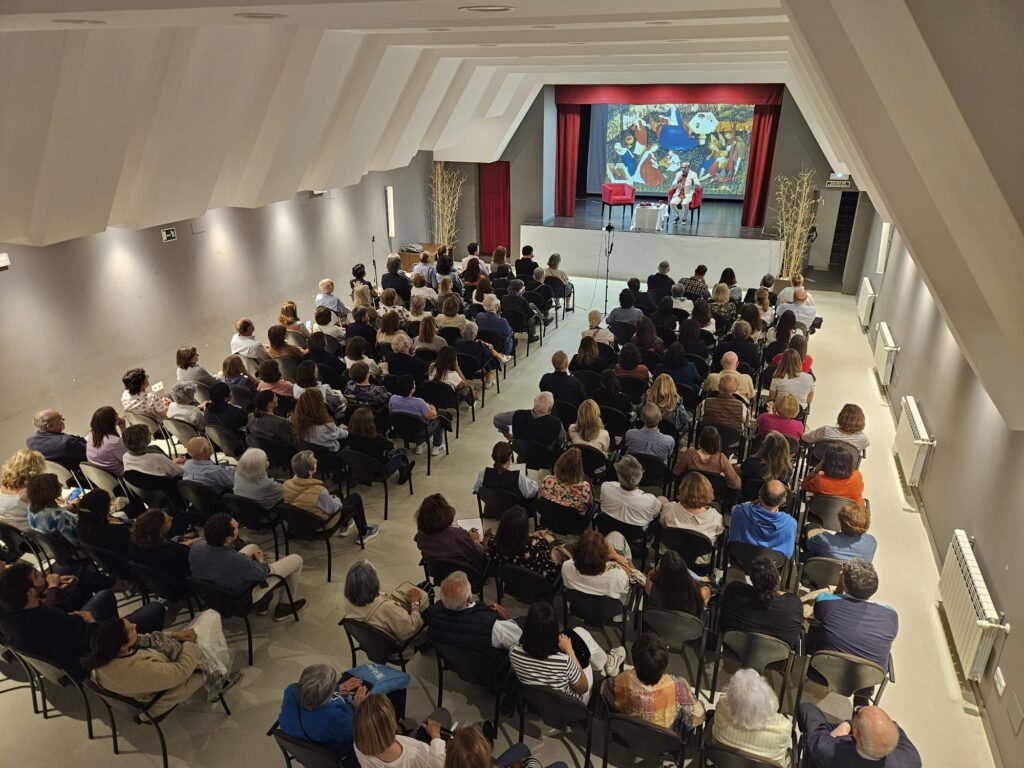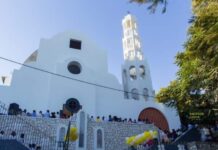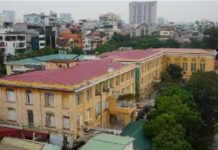On April 15, the Perpetuo Socorro Editorial of Madrid, remembering its origin of bringing the person closer to formation, and inaugurated a new initiative called “Hortus conclusus” due to the profound history of the term in culture, in general, and particularly in the Holy Scripture and the monastic tradition.
As we know, the Closed Garden is the typical form of a medieval garden, especially linked to monasteries and convents. As the name itself says, it is a “green area,” generally small in size, surrounded by high walls, where the monks planted all types of plants for food, medicinal or ornamental purposes.
From an artistic point of view, the closed garden is represented in a multitude of paintings, miniatures, and sculptural representations. It is in the field of European sacred art, especially in the Renaissance, when it becomes one of the identifying symbols of the Virgin Mary and is often represented, even through a few symbolic references, in paintings such as the Annunciations and other scenes from the life of the Virgin, especially beautiful is the closed garden that appears in the Annunciation by Fray Angélico in the Prado Museum. The inspirational image we have used, less known, is an Enclosed Garden by an anonymous German painter from the 15th century, titled the “Little Garden of Paradise”, because the Enclosed Garden also evokes the Lost Eden. After all, this image is inspired by the biblical passage from the Song of Songs: “You are a garden locked up, my sister, my bride; you are a spring enclosed, a sealed fountain” (ref. Song of Solomon 4:12).
For this reason, the “Hortus conclusus” is often represented as an impeccable, pristine, and protected garden that evokes the idea of a free heart and mind, dedicated to contemplation. Within this garden, plants thrive and flourish, as do the men and women who inhabit it dedicated to the spiritual life.
Many Fathers of the Church have seen in this image the figure of the purity of Mary and of the Church itself. “The closed garden, together with the sealed spring, became a symbol of Mary and her virginal state” (Manfred Lurkerd, Dictionary of Images and Symbols of the Bible, Ed. El Almendro, Córdoba 1994, p. 120).
Saint Alphonsus Maria de Ligouri, our founder, for his part, exclaimed: “I would like the whole world to recognize you and hail you as that beautiful dawn always illuminated by the divine light; as the chosen ark of salvation, free from the universal shipwreck of sin; for that perfect and immaculate dove, as your divine husband called you; like that closed garden that delighted God; for that sealed fountain that the enemy could never cloud; In short, for that white lily that is you, and that being born among the thorns, who are the children of Adam, stained by guilt and enemies of God, you alone came pure and clean, completely beautiful and completely friend of the Creator. (Alphonsus Maria de Liguori, Las Glorias de María, Ed. Perpetuo Socorro, Madrid 1992, pp. 253-254).
And our world continues to have a “longing for infinity,” for a constant search for a “beyond,” for transcendence. This liberation from real space always has as a consequence a desire for distance and encounter, for the search for the unattainable ideal and love for the everyday… silence, contemplation and listening are essential for this search and for what this cycle of reflection wants to serve.
This is our idea: to plant a garden – an enclosed orchard – that helps rekindle the origin, the middle and the end of God’s plan in his unbreakable relationship with people. A place of peace, reflection, growth, humanity and, therefore, divinity. A place where we feel intimately united to the Word and challenged by the need for its announcement and its proposal to this world. A place where, as missionaries, we announce the joy of encounter and are educators of the Christian path with everyone, a process of welcome and reflection, of gratitude and inclusion, of forgiveness and mercy.
To begin this cycle, we have had the presence of Pablo d’Ors, priest, writer, and founder of the “Friends of the Desert” network of meditators.
His literary work, related to that of Herman Hesse and Franc Jalis, has been translated into the main European languages and is being republished in its entirety by the Galaxia Gutenberg publishing house. His book “Biography of Silence” has already exceeded 300,000 copies, becoming a milestone in the history of Spanish essays. His “Biography of Light,” a mystical reading of the gospel, has been welcomed in Spain as the best presentation of Christianity for the contemporary world. In his latest work, “The Contemplatives,” the great questions of self-knowledge and personal growth, and forgiveness, are addressed from the lives of anonymous people. The title of his reflection was “Self-knowledge, identity, contemplation and forgiveness.” In his exposition through the anonymous characters of his latest book “The Contemplatives” he revealed the keys to self-knowledge, from there to find our identity as beings created and loved by God and, finally, live ourselves in a key of forgiveness and mercy.
Francisco Javier Caballero Ávila, CSsR.
On YouTube, one can find his exhibition:









